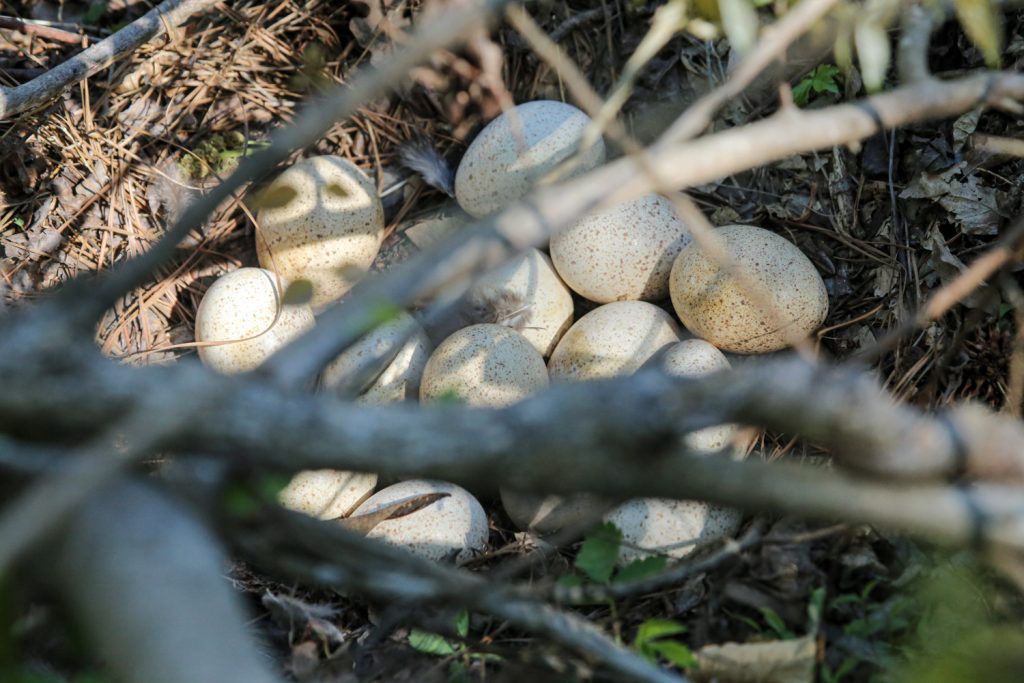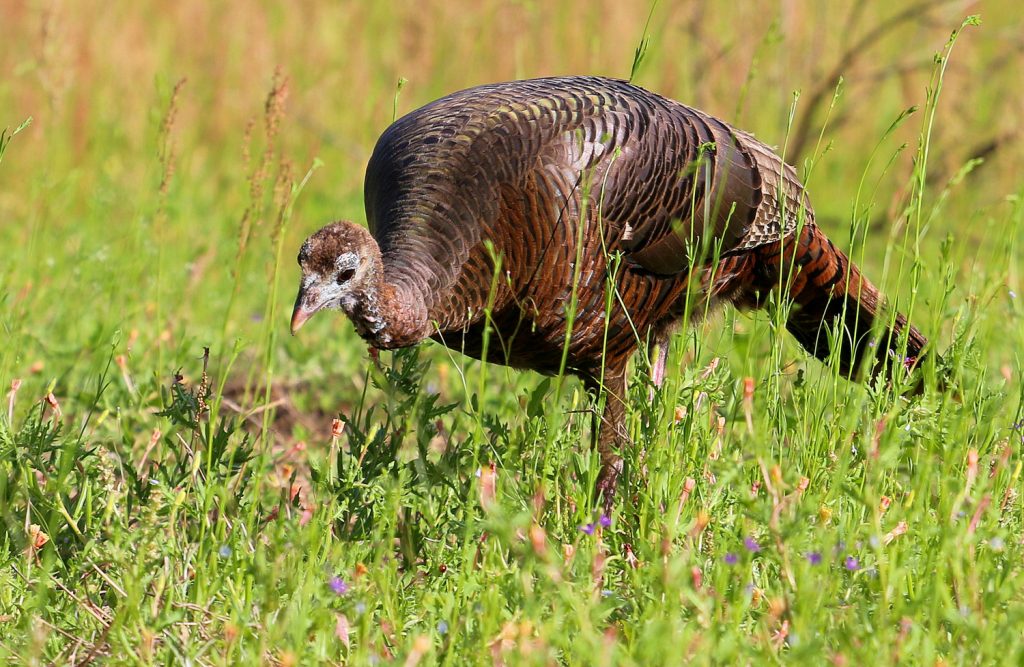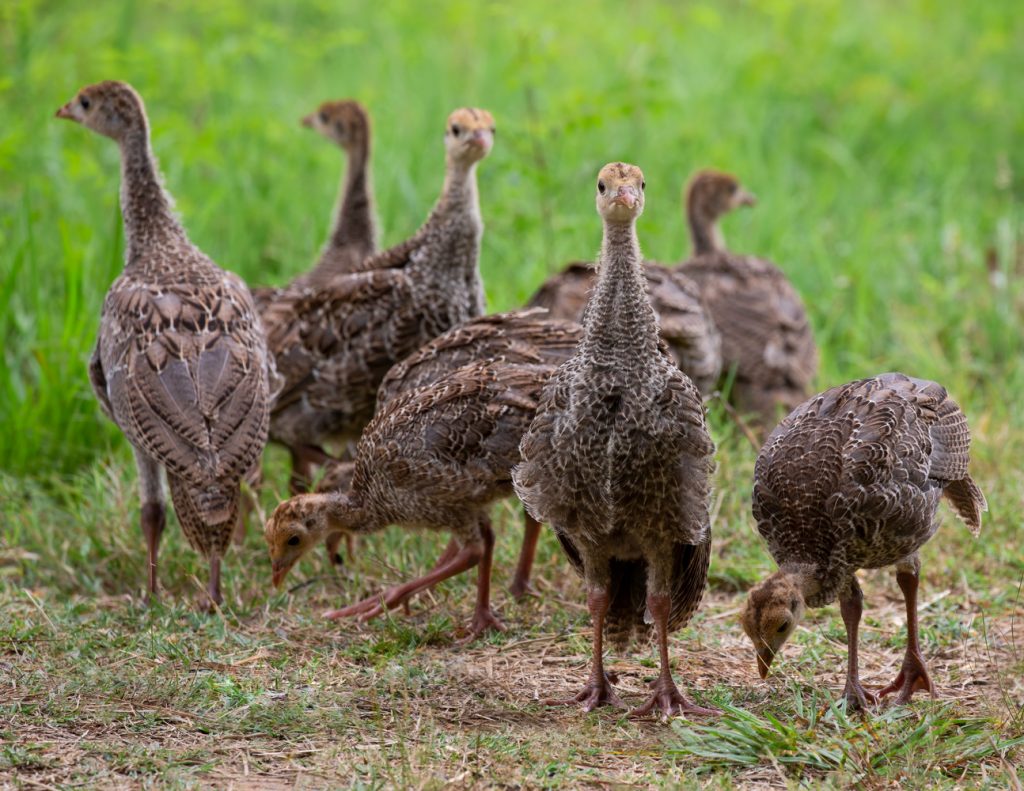Turkey mating season is a remarkable time to observe the fascinating breeding behaviors and rituals of these large, distinctively vocal birds. Depending on the species and region, turkey mating season occurs in the spring between February and May. Understanding when turkey mating takes place is key knowledge for hunters, wildlife enthusiasts and anyone who keeps domestic turkeys.
In this article, we’ll explore the timeline of turkey mating seasons across different species, the breeding biology that drives their reproductive cycles, characteristic mating behaviors and the importance of this seasonal phenomenon.
Overview of Turkey Mating Seasons
Wild turkeys are indigenous to North America and exist in several subspecies that occupy distinct geographic ranges. The timing of mating seasons varies between these subspecies based on factors like climate, habitat and day length cues.
Eastern Wild Turkey
Found across the eastern United States, the Eastern wild turkey mating season begins in late February in southern states, extending into April further north Peak nesting occurs from late March to early May Poults hatch from late April through June.
Osceola Wild Turkey
Native to Florida, the Osceola turkey mating season mirrors the Eastern wild turkey. Gobbling starts in January but mating typically occurs from March to early April. Young hatch mainly in May.
Rio Grande Wild Turkey
In the southwestern states, Rio Grande wild turkeys initiate breeding in March. Nesting activity peaks in late April, with most poults appearing in late May or early June after 28 days of incubation.
Merriam’s Wild Turkey
Some Merriam’s turkeys migrate in spring to higher mountain elevations for mating after wintering in foothills and valleys. Breeding occurs from mid-March to mid-April depending on snow conditions.
Gould’s Wild Turkey
The least studied subspecies, Gould’s wild turkeys in the U.S. and Mexico begin mating behaviors between late April and June. Peak activity is reported during May.
For domestic and wild turkeys, longer daylight triggers hormonal changes that cue the onset of breeding. Available nutrition sources also influence timing.
Turkey Mating Biology and Behaviors
Turkey mating is marked by prominent changes in social interactions and courtship displays. Understanding the phases of their breeding biology provides insight into seasonal behaviors.
Forming Harems
In early spring, male turkeys called toms begin competing for dominance through aggressive posturing. Dominant toms attract groups of hens into harems for breeding access.
Courtship Displays
Toms perform elaborate shows to impress hens, including puffing feathers, fanning tails, strutting, drumming and loud gobbling. Hens signal receptivity through subtle cues.
Mating and Nesting
Peak mating occurs within breeding flocks. Hens then withdraw to nest alone, laying 10-12 eggs over 2 weeks before incubating for 28 days until hatching.
Poult Development
Newly hatched poults rely on the hen for food and protection. By two weeks, they can fly short distances. Young reach independence at 4-5 months.
Lone Gobblers
After mating concludes, subordinate male turkeys become solitary and less vocally active, but may still occupy breeding areas.
Seasonal Interactions
Throughout mating season, turkeys have dynamic social engagements that are fascinating for hunters and wildlife watchers to observe.
When is Turkey Mating Season?
While mating cycles vary across turkey subspecies and regions, the season generally peaks in spring between March to early June. Key factors include:
-
Warmer temperatures trigger breeding hormones.
-
Longer daylight periods stimulate reproduction.
-
Abundant food sources support mating.
-
Toms compete for dominance in flocks.
-
Courtship displays attract mates.
-
Hens nest and incubate eggs to hatching.
-
Poults mature over summer to expand flocks.
Why Understanding Mating Seasons Matters
Comprehending turkey reproductive patterns has important implications:
For hunters, timing the season maximizes wild turkey hunting opportunities during peak mating behaviors.
For conservation, managing breeding habitats and disturbances aids sustainable wild turkey populations.
For safety, awareness of aggressive toms during breeding season helps prevent conflicts.

Dominance and Pecking Order
- Turkeys have home ranges, not territories.
- Birds fight for dominance recognizing individuals within the pecking order while sharing overlapping home ranges.
- Males and females have separate hierarchies.
- Stable pecking orders within flocks of the same sex seem to be common to all wild turkeys subspecies.
- Breeding behavior is triggered primarily by the increasing day length in spring and subsequent hormonal response.
- Unusually warm or cold spells may accelerate or slow breeding activity slightly.
- Courtship behavior patterns include gobbling and strutting by the males, this attracts the female.
- The hen crouches to select the gobbler for matting, which signals the male to copulate.

- Hens become secretive while searching for a site to nest prior to laying eggs.
- Nests are shallow depressions formed by scratching, squatting and laying eggs.
- Moderate dense understory is preferred to allow hens a view, but also provide protection.
- Hens lay between 10-12 eggs during a two week period.
- Continuous incubation begins when the last egg is laid.
- The hen will only leave for a short period to feed and may remain on the nest for several consecutive days.
- Eggs will be incubated for 26-28 days. The hen sits quietly and moves about once an hour to turn and reposition the eggs.
- Hatching begins with pipping – the poult rotating within the shell, chipping a complete break around the large end of the egg.
- Hens make soft clucks in response at random to begin to imprint the baby birds.
- Imprinting is a special form of learning which facilitates the rapid social development of the poults into adults.
- Damp poults free themselves but dry fully so they can follow the hen away from the nest within 12-24 hours after hatching.

Developing Poult Behavior Timeline:
- Day old poults: learn to respond to the hen’s putt or alarm call before leaving the nest and will respond by freezing or running to hide beneath the hen if she sounds the alarm call
- Within hours: Poults learn to peck at food items by mimicking their mother’s behavior
- Day two: poults are performing most of the characteristic feeding, movement and grooming behavior patterns
- Week one: poults are regularly dusting with the hen
- Week two: Poults are able to fly short distances
- Week three: Poults can roost in low trees with the hen, this change also indicates a change of diet from mostly insects to a higher percentage of plant matter
- Past week six: Poults that survive to this age have a much better chance of surviving to adulthood
- 14 weeks: male and female poults are distinguishable by body size and plumage
- By fall, the pecking order of the sibling groups has been established and the young flocks are ready to enter the social organization of the surrounding population
- Body growth of juveniles ends by the beginning of winter

Breeding usually begins in late February or early March in its southernmost habitats, but not until April in northern states. The cycle is complete with the hatching of poults by June or as late as mid-summer farther north. Birds that renest may bring off broods as late as August.
How to hunt the turkey breeding season
FAQ
What month do turkeys mate?
Are turkeys aggressive during mating season?
How do you know when a turkey is ready to mate?
What time of year do turkeys lay eggs?
When do turkeys mate?
Cold and rainy weather can delay the onset of mating. Conversely, unusually warm weather in February or March can speed up the breeding ritual. During late winter and early spring turkeys congregate by sex in flocks. Hens hang with hens and their poults, while gobblers run together.
Why is the wild turkey mating season important?
The wild turkey mating season is an important time for the species as it is the time when reproduction occurs. Hens will lay eggs and incubate them, while toms will continue to attract and mate with hens to ensure the survival of the species. This time is also important for hunters as it is the prime time for turkey hunting.
When does turkey breeding season start?
Depending on location and weather, turkey breeding season peaks around April. The breeding season starts in February in the south and April or May in the north. Male turkeys begin the mating season with a peak gobbling period. Turkeys reproduce and gobble again after nesting and incubation.
Do turkeys roost together during mating season?
The dominant male will have the best chances of attracting hens for breeding. During the winter months, turkeys will roost together in large flocks, but during mating season, they will disperse and become more solitary. In conclusion, wild turkey mating season is an important time for the species as it ensures their survival through reproduction.
